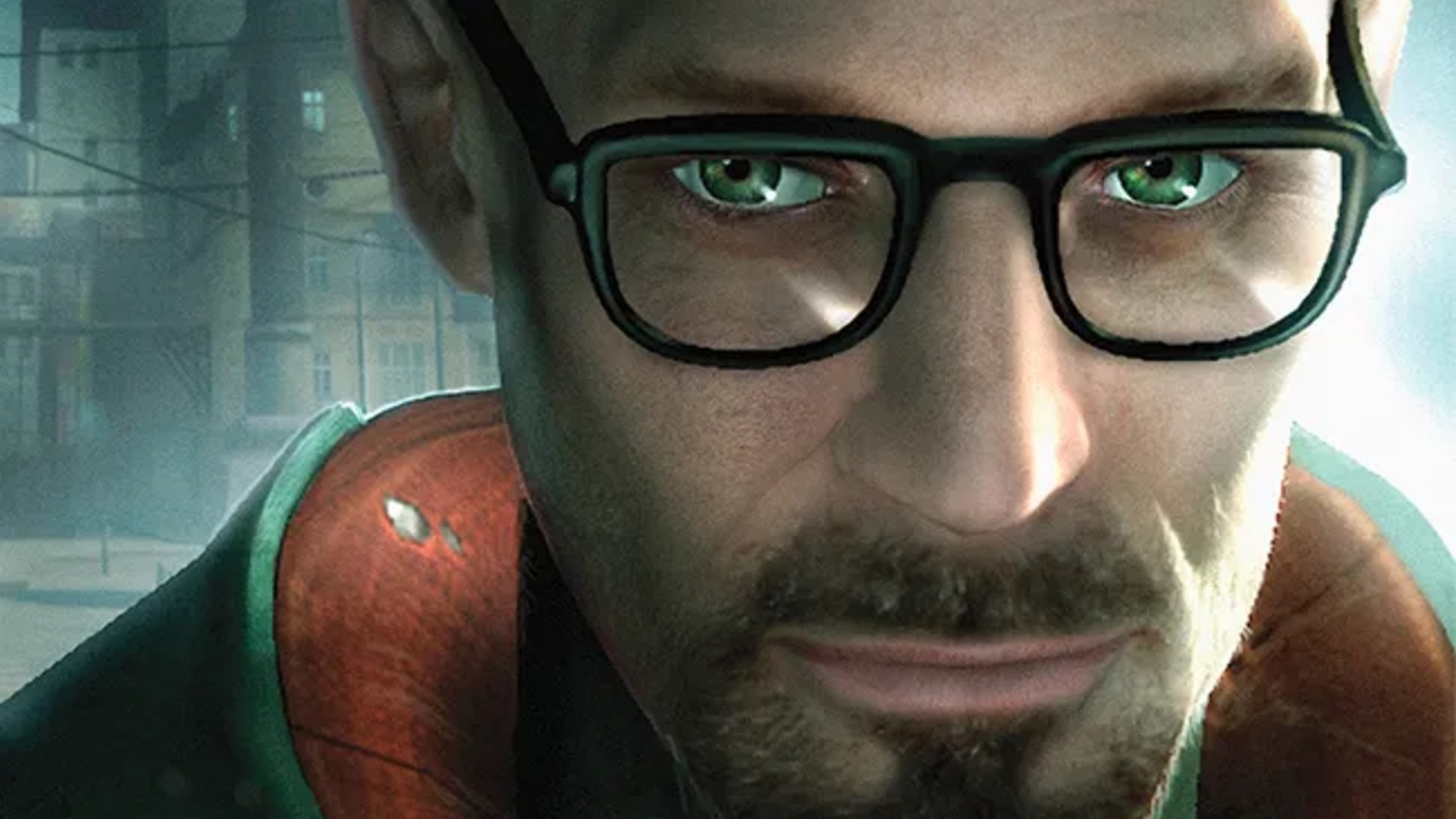
One of the remarkable aspects of Half-Life 2 is its physics system, but even the most sophisticated technology can encounter quirky issues. In a recent thread on Mastodon, former Valve developer Tom Forsyth narrated a bizarre bug that he faced during the creation of the VR version of Half-Life 2 back in 2013, a time when Valve was experimenting with virtual reality technology.
As Forsyth explained, Half-Life 2 was particularly suitable for a VR adaptation compared to older titles, given its relatively recent release. However, the VR build had a serious flaw that prevented player progress just minutes into gameplay.
In the VR version’s initial scene, a metro cop should guide players through a door, but it would fail to open—resulting in players being stuck in place, awaiting a crucial storyline event that never occurred. Forsyth noted the team’s urgency in addressing the issue, recalling, “We can’t ship this. I gather other developers, including some original members from the Half-Life 2 team; sure enough, it’s broken. And it’s broken outside of VR too—no changes were made to the relevant code.”
Upon investigation, the issue was traced back to slight misalignments in the metro cop’s position—his bounding box was interfering with the door’s opening mechanism. Consequently, instead of opening, the door would nudge against the cop’s toe, close, and subsequently lock, thereby freezing gameplay.
The team’s investigation revealed that this bug, which they humorously referred to as the ’time-travelling bug,’ persisted even in builds that weren’t VR-specific. Surprisingly, the variables in the compiling process with different instruction sets led to tiny discrepancies that ultimately caused this problem.
One of the more notable observations was that while aging technology such as the x87 instruction set had allowed certain physics calculations to resolve without issue, newer systems using SSE instruction sets introduced subtle changes that compounded the problem.
Forsyth emphasized the complexities of resolving such glitches, reminding us that issues in gaming code can often be as intricate as they are unexpected: “The next time you find yourself frustrated by a puzzle element in a game, remember how many factors can influence its design.”
